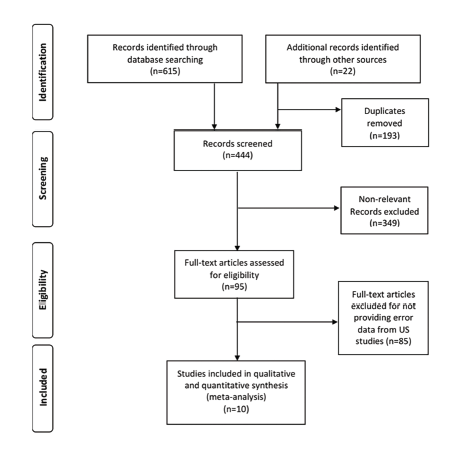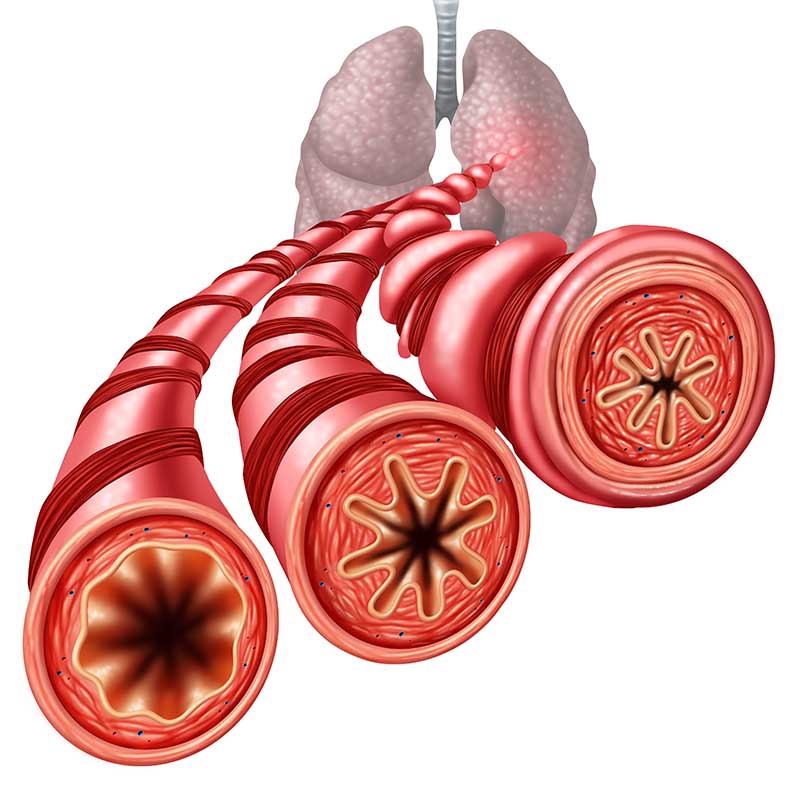Introduction
Asthma and COPD are the commonly prevalent obstructive airway diseases. These diseases are a leading cause of morbidity and mortality and pose a significant economical burden.
Inhaled bronchodilators that delivered aerosolized medication to the lungs are the cornerstone of the management of these diseases. A range of devices are available for delivery of inhaled medications such as metered-dose inhalers (MDIs), dry powder inhalers, soft mist inhalers, and nebulizers.
MDIs are the most commonly used handheld devices, but they require patients to have good hand-breath coordination so they can simultaneously manage breathing and actuation for effective drug delivery. As a result, MDIs are inherently more difficult to administer than alternative devices. Correct use of device is critical to promoting effective medication delivery as incorrect inhaler technique may compromise medication delivery resulting in poorer outcomes over a period of time and increase the risk of exacerbation, mortality and higher healthcare costs.
This study carried out a systematic literature review and meta-analysis of the overall and step-by-step prevalence of errors in using pMDIs among adults with obstructive lung diseases in the United States.
Methods
A Systematic Review of Literature was conducted using PubMed, EMBASE, PsycINFO, Cochrane, and Google Scholar. The following data were extracted from the studies: patients’ sociodemographic characteristics (e.g., age, sex, health literacy level); primary diagnosis; and inhalation technique and step-by-step device use errors.
Reported errors were based on the patients’ ability to correctly complete the following device use steps:
- Removing the cap
- Shaking the inhaler before use
- Attaching the inhaler to a spacer, as needed
- Holding the inhaler upright
- Exhaling completely and away from the inhaler before inhalation
- Placing mouthpiece between inhaler and sealing lips
- Actuating once during inhalation
- Inhaling slowly and deeply
- Holding breath for 5-10 seconds
- Removing inhaler/spacer from the mouth
- Exhaling and breathing normally
- Repeating steps for a second puff
Data of percentage of patients who made at least one inhalation error and the percentage of patients who incorrectly performed >20% of device use steps was analysed.
Results
The review of literature yielded 615 potential articles which met the initial screening criteria. Of these, 10 publications had data on adults and MDI device errors and were used for further analysis.
Meta-analysis of the studies revealed that 86.7% of patients made at least one inhalation technique error and 76.8% of patients incorrectly performed >20% of device use steps. It was also observed that a slightly higher proportion of patients who used a spacer made inhalation technique errors as compared to those who did not use a spacer. 43.2% patients failed to repeat the steps for a second puff.
The most frequent errors were:
- Failure to attach the inhaler to the spacer when required (78.1%)
- Failure to exhale fully (and away from the inhaler) (65.5%)
- Failing to hold breath for 5-10 seconds (41.9%)
- Inhaling fast and not too deeply (39.4%)
- Failing to exhale after inhalation (35.9%)
- Failing to shake the inhaler before use (34.2%)
Conclusion
Aggregate findings across the identified studies revealed that 8 of 10 patients who used MDIs made at least one inhalation technique error. In addition, 7 of 10 patients incorrectly performed at least 20% of the MDI device use steps. The results are comparable to previously reported findings on international patients. The most common errors are associated with co-ordination and breath-holding steps. These errors can negatively impact treatment due to poor medication deposition. MDI use remains challenging because compared to other types of devices, MDIs require more hand breath coordination and higher cognitive abilities to operate.
The predominance of errors found in inhaler techniques highlights the need for importance of patient training and education on the proper use of MDIs. Global respiratory guidelines for asthma and COPD suggest that patients must be instructed on proper use of inhalation device and have their inhalation technique re-assessed at every subsequent visit. However, past research suggests that around 25-30% patients never receive instructions on inhaler technique and only about 45% health care providers assess device technique in newly diagnosed patients.
In conclusion, it can be safely said that the importance of ongoing patient education and consideration of alternative devices to mitigate errors is the need of the hour.
Chronic Obstr Pulm Dis. 2019;6(3):267-280.

.svg?iar=0&updated=20230109065058&hash=B8F025B8AA9A24E727DBB30EAED272C8)









